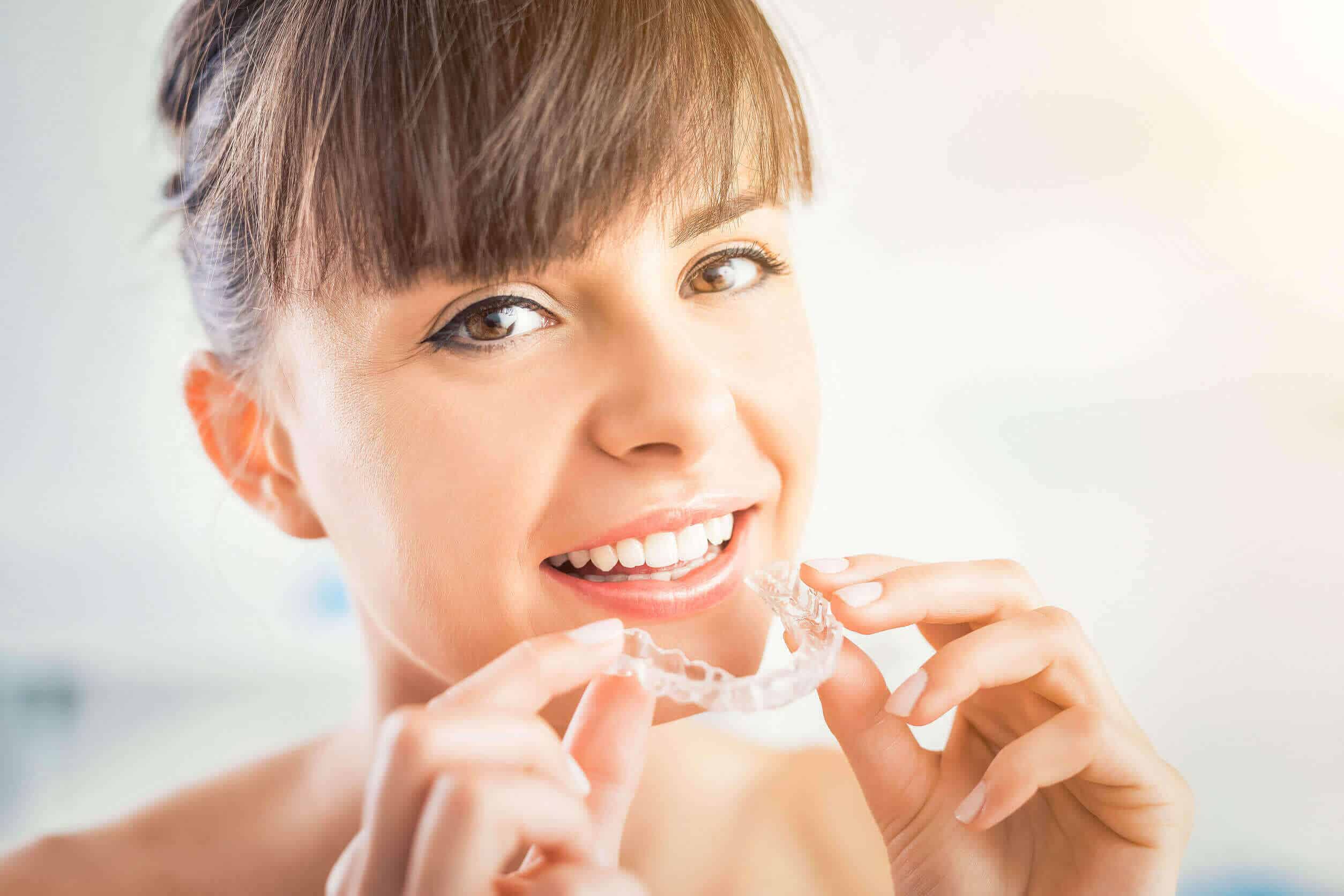How to Care for Your Mouthguard: Cleaning and Maintenance Tips
Taking care of your mouthguard is as important as keeping your smartphone protected. Just like you charge your phone regularly, your mouthguard needs proper cleaning and maintenance to stay in top shape.
In this guide, you’ll learn essential tips to ensure your mouthguard remains clean, hygienic, and ready to provide optimal protection for your teeth and gums. From storing it properly to establishing a daily cleaning routine, we’ll cover all the steps you need to follow.
We’ll also explore deep cleaning methods, discuss habits to avoid that could damage your mouthguard, and highlight the importance of regularly replacing it.
So, let’s dive in and keep your mouthguard as fresh and clean as a new smartphone screen!
Key Takeaways
– Store mouthguard in a clean, dry case and avoid direct sunlight or hot car storage
– Rinse the mouthguard with cool water after each use and gently brush with toothpaste to remove particles
– Air dry the mouthguard completely before storing to prevent bacteria growth
– Regularly clean the mouthguard with denture cleaner solution overnight and rinse thoroughly in the morning
Proper Storage
Store your mouthguard in a clean, dry case to ensure its protection and longevity. Proper storage is essential in maintaining the quality and effectiveness of your mouthguard.
After each use, rinse your mouthguard thoroughly with cool water to remove any saliva or debris. Avoid using hot water, as it can distort the shape of the mouthguard. Gently brush the mouthguard with a toothbrush and toothpaste to remove any remaining particles.
Once cleaned, allow the mouthguard to air dry completely before storing it. Placing a wet mouthguard in a case can lead to the growth of bacteria and mold. Additionally, make sure the case is clean and dry before placing the mouthguard inside.
Avoid storing your mouthguard in direct sunlight or in a hot car, as extreme heat can cause it to warp or become distorted. By following these storage guidelines, you can prolong the life of your mouthguard and ensure that it continues to provide optimal protection for your teeth and gums.
Daily Cleaning Routine
How often should you clean your mouthguard to maintain its cleanliness and effectiveness? The answer is simple: after every use. Cleaning your mouthguard on a daily basis is crucial to keep it free from bacteria and odor-causing germs. After all, you wouldn’t want to put a dirty mouthguard back into your mouth, would you?
To clean your mouthguard, start by rinsing it with cool water to remove any saliva or debris. Then, use a soft toothbrush and toothpaste to gently scrub the surface of the mouthguard. Be sure to reach all the nooks and crannies, including the areas where the mouthguard rests against your teeth and gums. After brushing, rinse the mouthguard thoroughly with water to remove any remaining toothpaste.
It’s also important to let your mouthguard dry completely before storing it. Moisture can promote the growth of bacteria, so make sure to air dry your mouthguard in a clean and well-ventilated area. Avoid using a towel or tissue to dry it, as these can transfer germs onto the mouthguard.
Deep Cleaning Methods
To effectively deep clean your mouthguard, soak it in a denture cleaner solution overnight. This method helps to remove stubborn stains, odors, and bacteria that may be lingering on your mouthguard. Denture cleaner solutions are specifically designed to clean and disinfect oral appliances, making them an ideal choice for deep cleaning your mouthguard.
To begin, fill a container or a glass with warm water and add the recommended amount of denture cleaner solution as specified on the packaging. Place your mouthguard into the solution, ensuring that it’s fully submerged. Let it soak overnight, allowing the cleaner solution to thoroughly penetrate and clean every nook and cranny of your mouthguard.
In the morning, remove the mouthguard from the denture cleaner solution and rinse it thoroughly with water. Make sure to remove any remaining residue from the solution. Avoid using hot water, as it may cause the mouthguard to warp or lose its shape. Finally, allow the mouthguard to air dry completely before storing it in a clean and ventilated case.
Avoiding Damaging Habits
To prevent unnecessary wear and tear on your mouthguard, you should refrain from biting down on hard objects or chewing gum while wearing it. These habits can cause damage to the mouthguard, such as tearing or cracking, and may also lead to discomfort or injury to your teeth and gums. Here are some damaging habits to avoid:
– Using your teeth as tools: Don’t use your mouthguard to open packages, tear off tags, or hold objects. This can put excessive pressure on the mouthguard and weaken its structure.
– Boiling or microwaving your mouthguard: Heat can distort the shape of your mouthguard and compromise its effectiveness. Stick to the recommended cleaning methods instead.
– Leaving it exposed to sunlight: Sunlight can cause the mouthguard material to deteriorate over time. Store your mouthguard in a cool, dry place, away from direct sunlight.
– Skipping regular cleaning: Proper hygiene is essential for maintaining your mouthguard’s integrity. Clean it after each use with mild soap and water or a special mouthguard cleaner.
– Neglecting to replace it: Mouthguards have a limited lifespan. Replace your mouthguard if it becomes damaged, shows signs of wear, or becomes ill-fitting.
Regular Replacement Schedule
To ensure optimal protection and functionality, it’s important to adhere to a regular replacement schedule for your mouthguard. Over time, mouthguards can become worn down and less effective at protecting your teeth and jaw. Therefore, it’s recommended that you replace your mouthguard every six months or if you notice any signs of wear and tear.
Regular replacement is essential for maintaining the quality and effectiveness of your mouthguard. As you use your mouthguard, it can accumulate bacteria and become less hygienic. Even with proper cleaning, it’s difficult to completely eliminate all bacteria. By replacing your mouthguard regularly, you can reduce the risk of bacterial growth and keep your mouthguard in the best possible condition.
Additionally, regular replacement ensures that your mouthguard remains comfortable to wear. Over time, the material of the mouthguard can become stiff and less pliable, making it uncomfortable or even painful to wear. By replacing your mouthguard regularly, you can ensure that it continues to fit properly and provides the necessary protection without causing discomfort.
Frequently Asked Questions
Can I Use Toothpaste to Clean My Mouthguard?
Yes, you can use toothpaste to clean your mouthguard. It’s a common and effective method for removing bacteria and odors. However, make sure to choose a non-abrasive toothpaste to avoid damaging the material.
Gently brush the mouthguard with a soft toothbrush and toothpaste, paying attention to all surfaces. Rinse it thoroughly afterward and let it air dry before storing it in a clean container.
Regularly cleaning your mouthguard will help maintain its hygiene and prolong its lifespan.
How Often Should I Replace My Mouthguard?
How often should you replace your mouthguard?
It’s important to regularly replace your mouthguard to ensure its effectiveness and protect your teeth. Over time, mouthguards can become worn out, lose their shape, and become less effective in providing proper protection.
Generally, it’s recommended to replace your mouthguard every six to twelve months, depending on the level of usage and any signs of wear and tear.
Regularly inspect your mouthguard and consult with your dentist for their recommendation.
Is It Necessary to Sanitize My Mouthguard After Every Use?
Is it necessary to sanitize your mouthguard after every use?
Yes, it is.
Maintaining proper hygiene is crucial to avoid the buildup of bacteria and ensure your mouthguard stays in good condition.
Regularly cleaning and sanitizing your mouthguard helps eliminate germs and prevent potential infections.
Can I Use Mouthwash to Clean My Mouthguard?
You can use mouthwash to clean your mouthguard, but it’s not the most effective method.

Mouthwash may help freshen your mouthguard, but it won’t thoroughly remove bacteria and germs.
It’s best to clean your mouthguard using a toothbrush and toothpaste or a denture cleaner.
These methods will ensure that your mouthguard is properly sanitized and free from any harmful bacteria.
Regular cleaning is important to maintain the hygiene and longevity of your mouthguard.
What Should I Do if My Mouthguard Starts to Smell Bad?
If your mouthguard starts to smell bad, there are a few things you can do to address the issue.
First, make sure you’re cleaning your mouthguard regularly as recommended.
If the smell persists, try soaking it in a mixture of water and vinegar or using a denture cleaning tablet.
If the odor continues, it may be time to replace your mouthguard to ensure proper hygiene and protection.
Conclusion
Taking care of your mouthguard is essential for maintaining good oral hygiene and ensuring its longevity. By following proper storage techniques, establishing a daily cleaning routine, and avoiding damaging habits, you can keep your mouthguard in top condition.
Additionally, regular deep cleaning and replacement according to the recommended schedule will further enhance its effectiveness and protect y my company our dental health.
Remember, a well-maintained mouthguard is a key component in safeguarding your teeth during various physical activities.

Welcome to my website! I’m Declan Gaffney, a dedicated and passionate Preventive Dentist with years of experience in promoting oral health and providing top-notch dental care. I am thrilled to share my knowledge and expertise with you through this platform.

